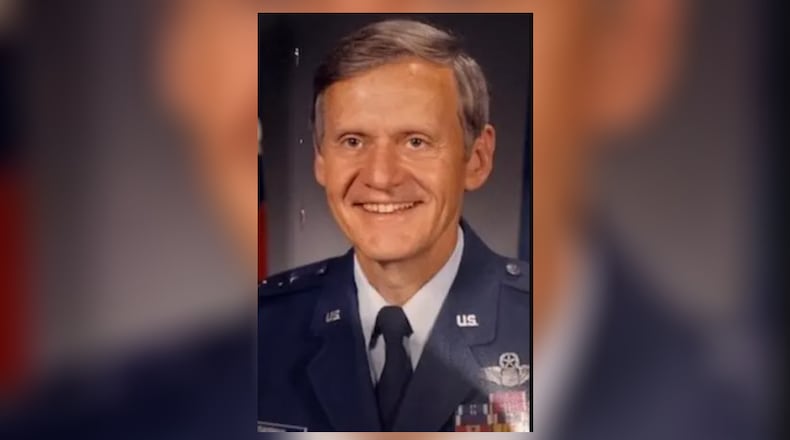A Top Gun at the USAF Fighter Weapons School, he became a highly decorated combat command pilot and member of the River Rats, an elite group of fighter pilots who completed scores of missions over the heavily defended Red River Valley in Vietnam. Thurman’s numerous combat citations included, among others, the Distinguished Flying Cross, the Bronze Star, the Air Medal, and the Purple Heart.
His contributions to the future of military aviation extended beyond the battlefield. As director of the lightweight fighter program, Thurman oversaw the development of the F-16 Fighting Falcon, arguably the most impactful single-engine fighter in history, and the YF-17, which evolved into the F/A-18 Hornet, a mainstay of the U.S. Navy.
He subsequently led the B-1B Lancer program, which at the time was the largest U.S. Air Force order in history. He also played a key role in advancing other critical air systems, including short takeoff and landing programs (V-22 Osprey) and military transport (C-17 Globemaster).
His final military post was Commander of the Aeronautical Systems Division of Air Force Systems Command, responsible for over 10,000 military and civilian personnel in the development and production of aeronautical systems essential to the U.S. Air Force and allied nations worldwide.
In February 1961 he entered the Air Force Institute of Technology at Wright-Patterson Air Force Base. According to Thurman’s Air Force biography, upon graduation from the Air Force Institute of Technology in October 1962, he was assigned as an aeronautical engineer in the Aerospace Research Laboratories, also at Wright-Patterson.
Thurman would return to Wright-Patterson twice in his career, according to the Air Force.
He was assigned to the Aeronautical Systems Division in August 1971 as assistant director and a charter member of the Prototype Program Office. He was named deputy for prototypes in June 1973, deputy for air combat fighter in May 1974, deputy for F-16 in January 1975 and deputy for engineering in May 1976.
After the B-1 program was reinstituted, Thurman became Aeronautical Systems Division’s deputy for the B-1B in November 1981 at Wright-Patterson.
Thurman was affectionately known as “the bike-riding general”, a nod to his lifelong passion for fitness and outdoor activity. He was awarded the Air Force Equal Employment Opportunity Award, along with recognition by the NAACP, for his efforts to advance minority participation in government programs.
Following his retirement from active duty in 1988, Thurman joined Boeing, where he continued to advance the development of next-generation air systems until retiring to Pinehurst, North Carolina.
Reflecting on his storied career, Thurman once described his military service as “the ultimate social service.”. He was inducted into the Kentucky Aviation Hall of Fame and awarded the honorary commission as Kentucky Colonel.
General Thurman is survived by Joan, his wife of 66 years; two sons; his grandchildren; and extended family. He will be interred with full military honors at Arlington National Cemetery.
Online condolences can be made at www.bolesfuneralhome.com.
About the Author

